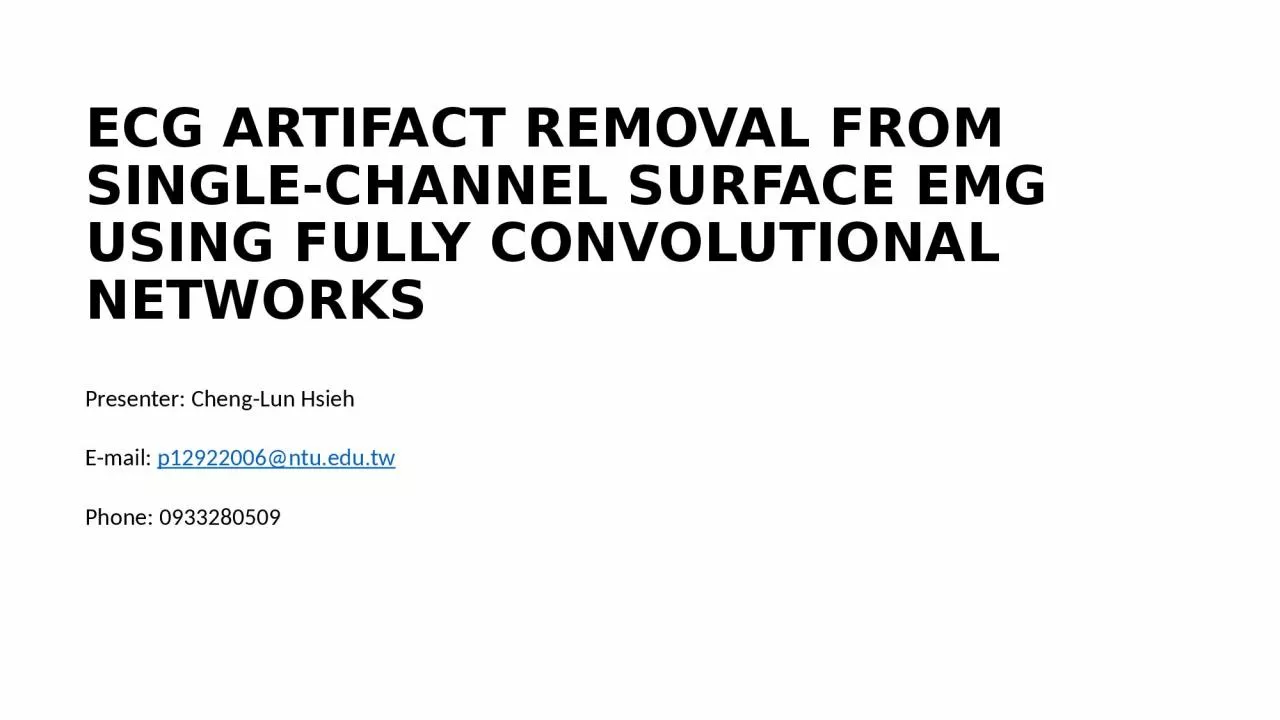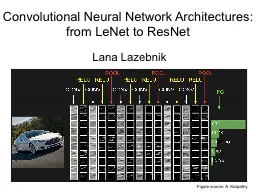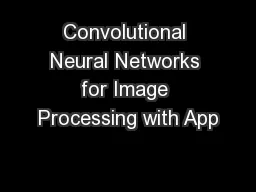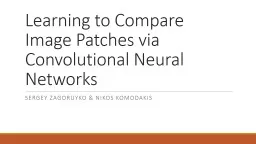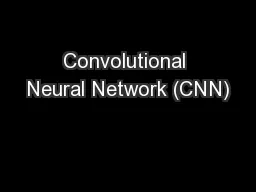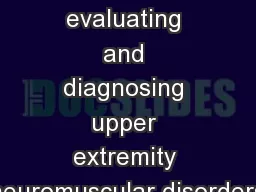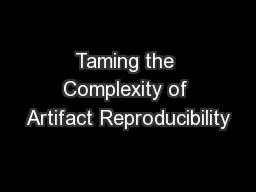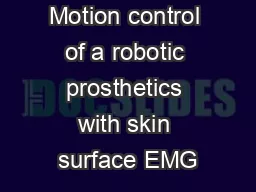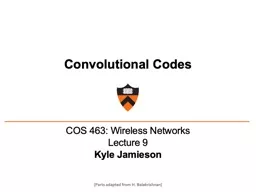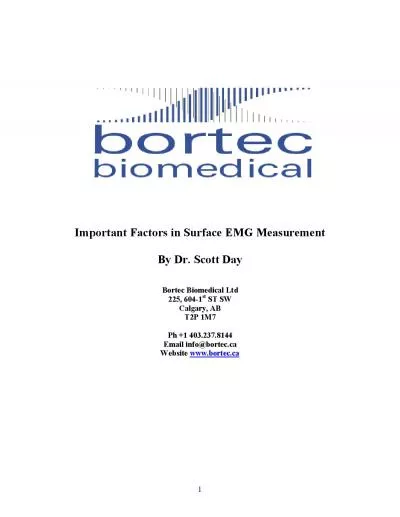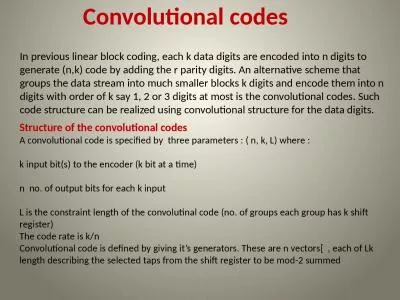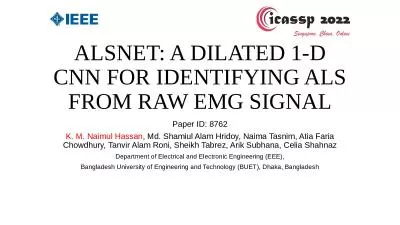PPT-ECG ARTIFACT REMOVAL FROM SINGLE-CHANNEL SURFACE EMG USING FULLY CONVOLUTIONAL NETWORKS
Author : payton | Published Date : 2024-03-13
Presenter Cheng Lun Hsieh Email p12922006ntuedutw Phone 0933280509 Outline Background and motivation The proposed method Materials Results and discussion Conclusion
Presentation Embed Code
Download Presentation
Download Presentation The PPT/PDF document "ECG ARTIFACT REMOVAL FROM SINGLE-CHANNEL..." is the property of its rightful owner. Permission is granted to download and print the materials on this website for personal, non-commercial use only, and to display it on your personal computer provided you do not modify the materials and that you retain all copyright notices contained in the materials. By downloading content from our website, you accept the terms of this agreement.
ECG ARTIFACT REMOVAL FROM SINGLE-CHANNEL SURFACE EMG USING FULLY CONVOLUTIONAL NETWORKS: Transcript
Download Rules Of Document
"ECG ARTIFACT REMOVAL FROM SINGLE-CHANNEL SURFACE EMG USING FULLY CONVOLUTIONAL NETWORKS"The content belongs to its owner. You may download and print it for personal use, without modification, and keep all copyright notices. By downloading, you agree to these terms.
Related Documents

